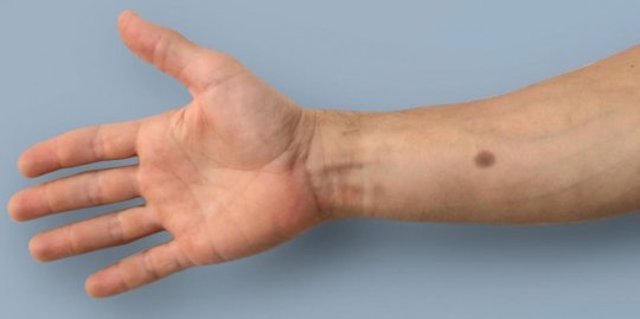
Alongside cardiovascular disease, cancer has become the top cause of death in developed countries.
Many of cancer patients are diagnosed only after the tumor has developed extensively.
This often reduces the chance of recovery: the cure rate for prostate cancer is 32% and only 11% for colon cancer.
The ability to detect such tumors reliably and early would not only save lives, but also reduce the need for expensive, stressful treatment.
In a recent study from ETH Zurich in Basel, researchers present a possible solution for this problem: a synthetic gene network that serves as an early warning system.
The tool can recognize the four most common types of cancer, including prostate, lung, colon and breast cancer, at a very early stage (the blood calcium level increases due to tumor).
The early warning system contains a genetic network that biotechnologists integrate into human body cells, which in turn are inserted into an implant.
This gene network is then implanted under the skin where it constantly monitors the blood calcium level.
As soon as the calcium level exceeds a particular threshold value over a longer period of time, a signal is triggered that initiates production of the body’s tanning pigment melanin in the genetically modified cells.
The skin then forms a brown mole that is visible to the naked eye.
The mole appears long before the cancer becomes detectable through conventional diagnosis.
The researchers suggest that the mole does not mean that the person is likely to die soon. It simply means that clarification and if necessary treatment is needed.
The researchers used calcium as the indicator of the development of the four types of cancer, as it is regulated strongly in the body.
When too much calcium is detected in the blood, this may serve as a sign for one of the four cancers.
The team suggests that early detection can greatly increase the chance of survival.
For example, if breast cancer is detected early, the chance of recovery is 98%; however, if the tumor is diagnosed too late, only one in four women has a good chance of recovery.
The implant also has an additional advantage: It is intended primarily for self-monitoring, making it very cost effective.
For those who would prefer not to deal with the constant stress, an implant can also be used that develops a mark visible only under a red light.
This means the regular check could be carried out by their doctor.
The disadvantage is that the service life of such an implant is short. Encapsulated living cells last for about a year. After that, they must be inactivated and replaced.
So far, this early warning implant is a prototype, and the Basel-based scientists still have a long way to go before human testing can begin.
The team estimates that bringing such a cancer diagnosis implant to market maturity will take at least ten years of research and development.
The study is published in the journal Science Translational Medicine.
Copyright © 2018 Knowridge Science Report. All rights reserved.
Follow Knowridge Science Report on Facebook and Twitter.
News source: ETH Zurich.
Figure legend: This Knowridge.com image is credited to ETH Zurich.



